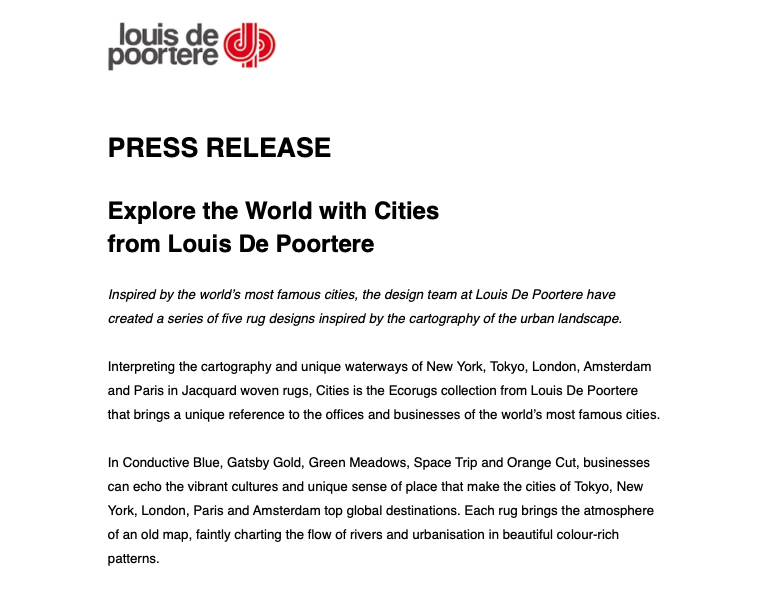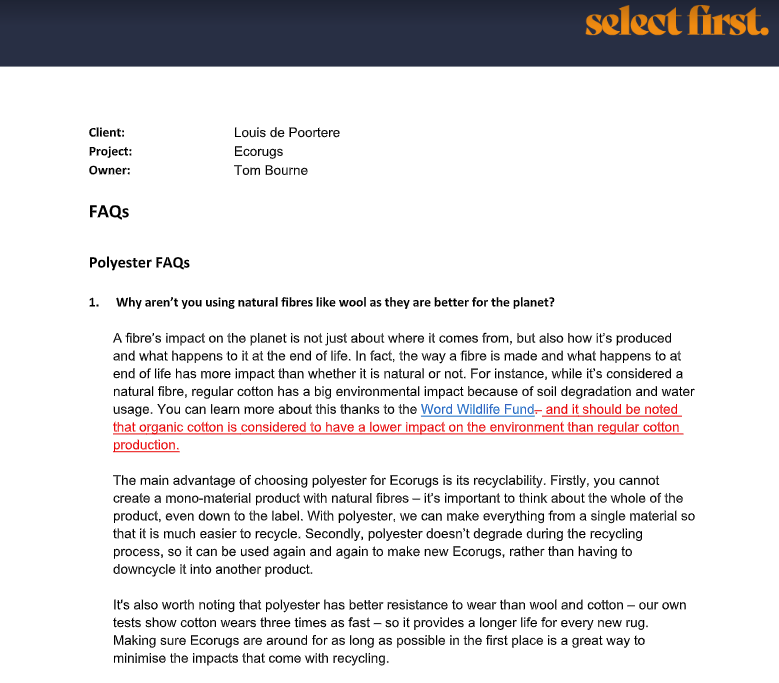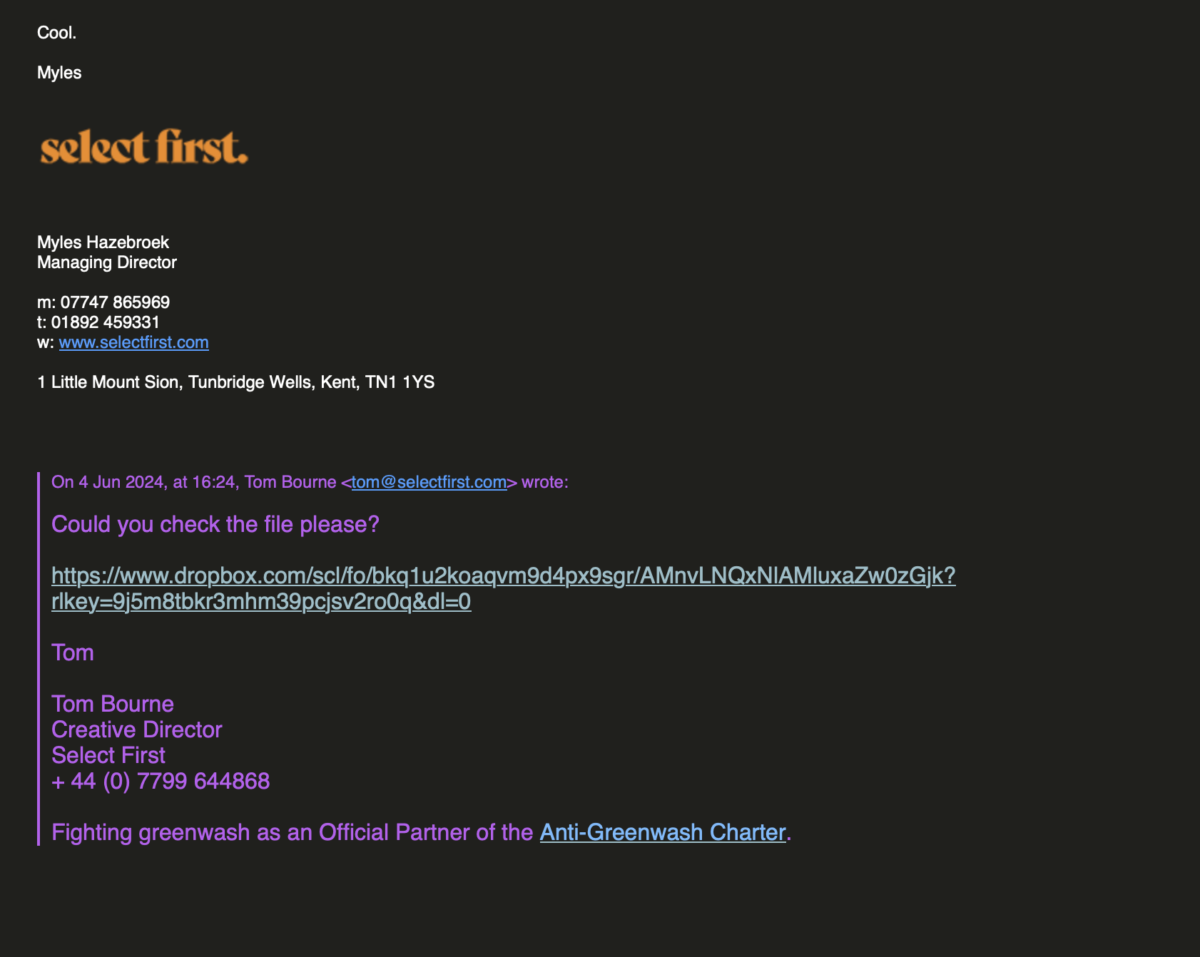
A Closer Look at The Anti-Greenwash Charter’s Campaign Review Process.
Date: August 2024
Read time: 6 mins
Author: Charlie Martin
The Anti-Greenwash Charter plays a key role in ensuring that companies’ green claims are credible and backed by evidence. This commitment protects stakeholders from misleading information and keeps the integrity of environmental marketing and communications intact. One of the Charter’s most important tools in achieving this is the Campaign Review process, which evaluates a signatory’s marketing campaigns or communications to ensure they comply with their Green Claims Policy (GCP).
This article explains the Campaign Review process, using the recent review of Select First’s “Explore the World with Cities from Louis de Poortere” campaign (see the press release below), which promoted their 100% recyclable Ecorugs, as an example. Read the full Campaign Review report here.
The Campaign Review Process: An Overview
The Campaign Review process is a systematic and thorough evaluation that checks whether every aspect of a marketing campaign meets the standards set out in a signatory’s Green Claims Policy. This process ensures that environmental claims are not only accurate and transparent but also backed by solid evidence. Here’s a breakdown of how the process works, using the Select First campaign to provide examples of evidence gathered and analysis.
Tom Bourne, Creative Director of Select First, shares his experience with the review process:
“The good news is that we passed and are deemed compliant,” he mentions, indicating that their internal practices met the Charter’s standards. However, he also highlights areas where improvement is needed, particularly in “evidence collection and ensuring that we make it easier for people to report a complaint.”
Collaboration Between Agencies and Clients
For organisations that work with external agencies, the review process can be particularly challenging. Tom speaks to this point, explaining that agencies like Select First often find themselves:
“Beholden to our fee-paying customers when it comes to what they want us to write and to what evidence they are prepared to submit.”
Despite these challenges, Tom expresses confidence in the evolving understanding between agencies and their clients:
“I’m confident that our clients will become more and more aware of the need to build a dialogue based in honesty and transparency above all else.”
This collaborative approach is essential for ensuring that all environmental claims are honest and backed by solid evidence.
1. Evidence & Testing: The Foundation of Credible Claims
The first step in the Campaign Review process is a thorough check of the evidence supporting the green claims made in a campaign. This is crucial for any valid environmental claim.
For Select First’s campaign, which promoted Ecorugs as 100% recyclable, this step was particularly important. The Anti-Greenwash Charter auditors reviewed the documentation provided by Select First in detail:
- Recyclability of Ecorugs: Select First claimed that their Ecorugs are 100% recyclable. To back this up, the company provided detailed FAQs explaining the recyclability of polyester, the material used in Ecorugs. These FAQs highlighted that polyester can be recycled multiple times without losing its quality, making it a strong choice over other materials. The auditors found this evidence met the Charter’s requirements but suggested that Select First seek further independent verification in future campaigns to strengthen their claims.
- Testing Methods: The review also looked at internal communications and client documents discussing the testing methods used to validate the green claims. For example, an email from Tom Bourne to the Ecorugs team detailed the testing methods and addressed common environmental concerns. While the evidence provided was satisfactory, the auditors noted that including verifications and independent testing results in future campaigns would boost credibility.
2. Editorial Process: Ensuring Transparency and Accuracy
Another critical part of the Campaign Review is the Editorial Process. This review ensures that all communication content is checked for accuracy and transparency before it is published, reducing the risk of greenwashing.
For Select First, the review included a detailed analysis of their internal editorial process:
- Documenting the Editorial Review: The auditors reviewed internal emails that documented the editorial process for the campaign. These emails showed a systematic approach where all environmental claims were carefully reviewed and adjusted to comply with the Green Claims Policy. The auditors confirmed that Select First had a strong editorial process in place, which effectively reduced the risk of spreading unsubstantiated or exaggerated claims.
By focusing on a strong editorial process, the Charter ensures that the final campaign content is both accurate and transparent, preserving the integrity of the marketing materials.
3. Employee Training: Empowering Teams with Knowledge
To comply effectively with the Green Claims Policy, all employees involved in the campaign must be well-trained and understand the principles of responsible marketing and communications.
The review of Select First’s campaign included an evaluation of their employee training efforts:
-
Training Evidence: Select First provided training documents and records of a calendar event confirming that employees received adequate training on the Green Claims Policy and anti-greenwashing measures. This training ensured that team members were well-equipped to create and assess environmental claims responsibly.
-
Audit Conclusion: The auditors found that Select First’s training programme met the Charter’s standards. This is crucial for embedding a culture of transparency and accountability within the company, ensuring consistent application of responsible marketing practices across all campaigns.
4. Colour and Imagery: Preventing Misleading Visuals
The use of colour and imagery can significantly influence how stakeholders perceive a product, making it essential that these elements are used responsibly.
The Campaign Review process includes a close examination of these visual elements:
- Visual Compliance: For Select First’s campaign, the auditors reviewed the imagery and branding associated with the Ecorugs. They assessed whether the colours and images used were consistent with the product’s environmental benefits and did not exaggerate its green credentials. The review concluded that the campaign’s visuals complied with the Charter’s guidelines, accurately representing the product without misleading the consumer.
- Best Practices: By following best practices in visual representation, Select First was able to maintain consumer trust and avoid the pitfalls of greenwashing.
5. Escalation Procedure: Ensuring Accountability
An effective escalation procedure is vital for addressing any concerns or questions about green claims. This ensures that any potential issues are handled transparently and promptly, further boosting the campaign’s credibility.
- Procedure Review: Although no concerns were raised during Select First’s campaign, the auditors emphasised the importance of including a clear escalation procedure in future campaigns. They recommended that Select First provide clear contact details for stakeholders to address any questions or concerns about the green claims made.
This recommendation is in line with the Charter’s commitment to continuous improvement, encouraging signatories to enhance their transparency and accountability measures.
Conclusion: A Model for Compliance and Improvement
The Anti-Greenwash Charter’s Campaign Review process is a comprehensive tool that ensures the credibility of environmental claims in marketing and communications. The successful review of Select First’s “Explore the World with Cities from Louis de Poortere” campaign highlights the importance of adhering to the Green Claims Policy and provides a model for other companies to follow.
The campaign was awarded a Compliance verification document, reflecting Select First’s commitment to transparency and backing up their environmental claims with solid evidence. However, the review also offered valuable insights and recommendations, emphasising the importance of continuous improvement in marketing and communications practices. Tom emphasises this point, stating:
“The important thing is that we continue towards a goal, admit when we could do things better and work together to fix the problems we have.”
This attitude aligns with the Charter’s mission to foster genuine, ongoing improvements in environmental marketing and communications. By embracing the challenges identified in the review process, organisations can enhance their credibility and contribute more meaningfully.
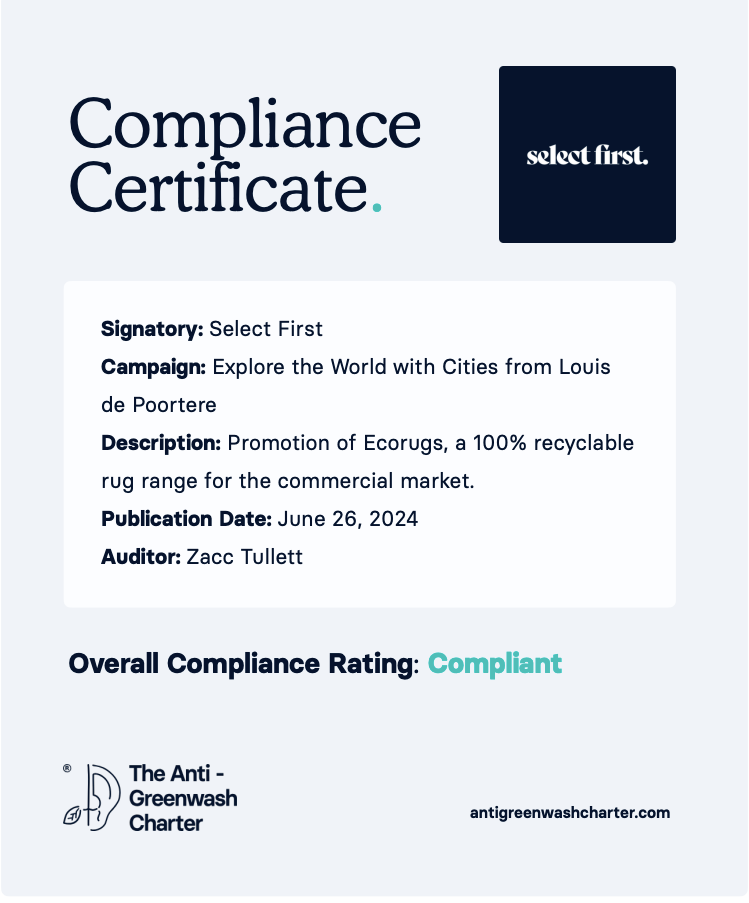
Looking Ahead
As more companies commit to The Anti-Greenwash Charter, the Campaign Review process will continue to play a critical role in maintaining the credibility of green claims across various industries.
By adhering to the rigorous standards set out by the Charter, companies can ensure that their environmental communications are not only compliant but also trusted by their stakeholders.
